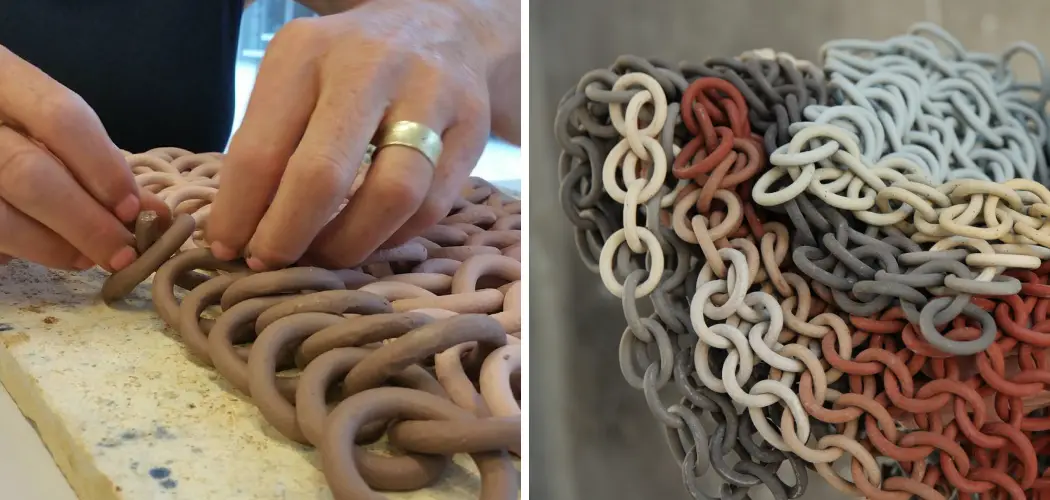Embark on an artistic journey and explore the enchanting world of crafting ceramic chain, a unique and captivating endeavor that infuses both beauty and functionality into your creations. Whether you’re a seasoned ceramic artist or a novice seeking a distinctive medium, learning how to make ceramic chain unlocks a realm of possibilities.
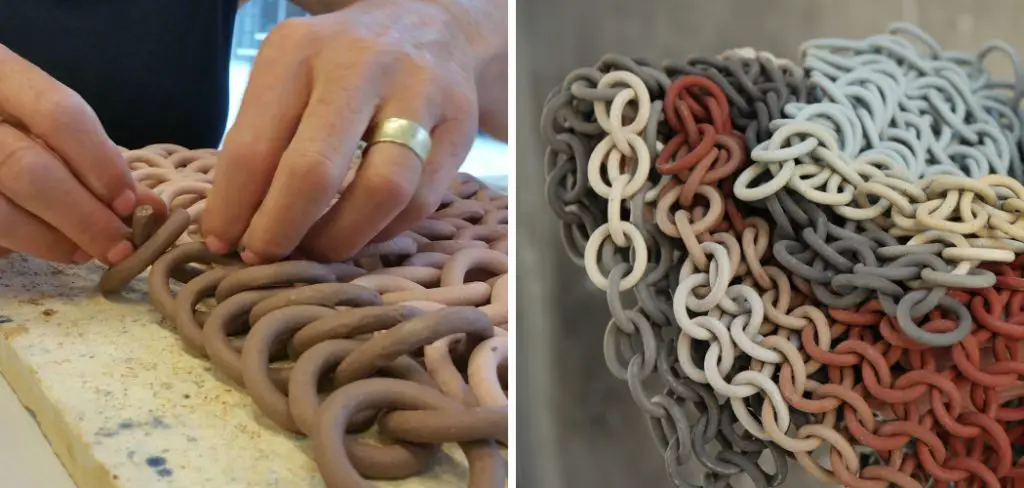
In this comprehensive guide, we will delve into the step-by-step process of crafting ceramic chain links, from selecting the right clay to shaping and firing techniques that ensure durability and visual appeal.
Discover the artistry behind creating versatile and customizable ceramic chains that can be incorporated into jewelry, home decor, or sculptural pieces. Whether you’re drawn to the tactile pleasure of working with clay or eager to elevate your artistic repertoire, our guide empowers you to master the intricate art of making ceramic chain with creativity and precision.
Significance of Ceramic Chains in Art and Jewelry Design
Ceramic chains have been used for centuries in jewelry making, home decor, and art. They are popular among artisans and designers due to their unique appearance and durability. Ceramic chains can be made in various styles, patterns, sizes, and colors, making them versatile materials for creative projects.
But what makes ceramic chains stand out? Unlike traditional metal or plastic chains, ceramic chains are made from clay and fired at high temperatures, making them strong and resistant to wear and tear. This allows for intricate designs and delicate details to be created without compromising the strength of the chain.
Moreover, ceramic chains have a natural earthy look that adds an organic touch to any piece of art or jewelry. They can also be glazed or painted with different colors, giving them a glossy or matte finish. This versatility in design options makes ceramic chains a favorite among artists and designers who want to add unique elements to their work.
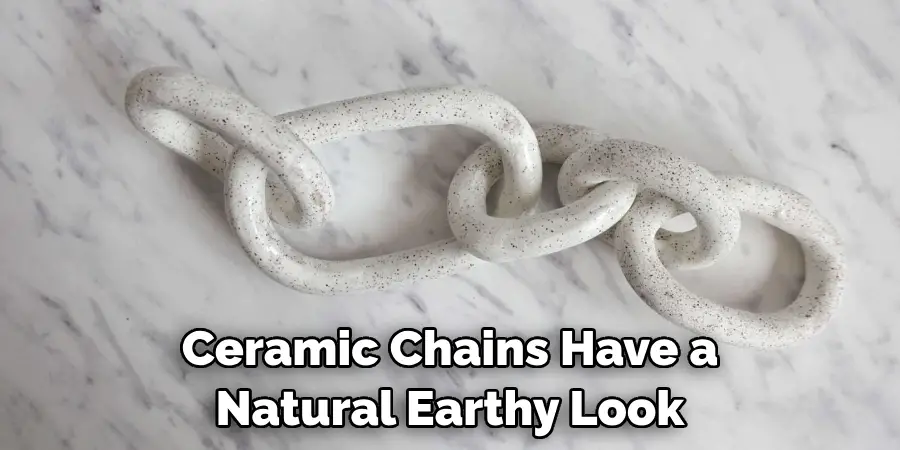
Another advantage of using ceramic chains is that they are lightweight, making them comfortable to wear and easy to incorporate into various designs. They can also be easily manipulated into different shapes and sizes, allowing for endless possibilities in creating one-of-a-kind pieces.
10 Methods How to Make Ceramic Chain
1. Hand-building
Hand-building is a popular method for making ceramic chains. This involves shaping and attaching individual clay pieces together by hand, without the use of a potter’s wheel. It allows for more creativity and flexibility in the design of the chain.
2. Throwing on a Pottery Wheel
Throwing on a pottery wheel is another common method for making ceramic chains. This technique involves spinning a lump of clay on a wheel while shaping it with your hands and tools. It requires practice and skill to create evenly shaped links for the chain.
Before starting, you will need a pottery wheel, clay, water, and tools such as cutting wire, rib tool, and sponge. You can use any type of clay, but it is recommended to use a stoneware or porcelain clay for its strength and durability.
3. Slip Casting
Slip casting is a technique where liquid clay, called slip, is poured into plaster molds to create identical shapes. These shapes can then be assembled together to form a chain. This method is great for creating uniform and precise links.
4. Extrusion
Extrusion involves forcing clay through a die or template to create long, uniform pieces that can be cut into individual links for the chain. This method allows for consistency in size and shape of the links.
Extruding clay is typically done using a pug mill or an extruder, both of which can be found at most ceramics supply stores. These machines work by compressing and pushing the clay through a shaped die to create long strands that can then be cut into desired lengths.
5. Press Molding
Press molding is similar to slip casting, but instead of pouring slip into molds, it involves pressing damp clay into molds using pressure or machinery. This method can also produce consistent and precise links. Although it requires specialized equipment, press molding can be very efficient and fast.
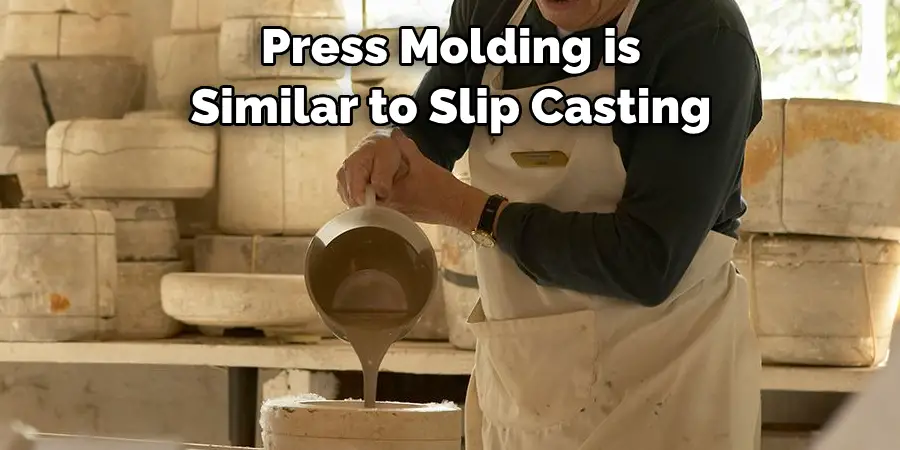
6. Coil Building
Coil building is an ancient technique where long coils of clay are rolled out and then stacked or wrapped around each other to form the chain links. It requires patience and skill to create even and sturdy chains using this method. However, the end result is a beautiful and unique ceramic chain that will add character to any piece of jewelry.
7. Slab Construction
Slab construction involves rolling out flat sheets of clay, cutting them into desired shapes, and assembling them together to form the chain links. This method allows for more intricate designs and textures on the chain.
8. Pinching
Pinching is another hand-building technique where small balls of clay are pinched between fingers to create cylindrical shapes that can be linked together to form a chain. It is a simple and intuitive method that can produce unique and organic-looking chains.
9. Coiling
Coiling is similar to coil building, but instead of stacking coils on top of each other, they are spiraled around each other to create the chain links. This method requires precision and attention to detail for the links to fit together seamlessly.
10. Multi-Piece Molding
For more complex or detailed chains, multi-piece molding can be used. This involves creating separate molds for different parts of the chain and then assembling them together once they have been fired in the kiln. It allows for intricate and precise designs to be replicated multiple times.
Things to Consider When Making Ceramic Chain
Materials
The materials you use for making ceramic chain can have a significant impact on the final product. It is important to use high-quality clay that can withstand the firing process and hold its shape. Additionally, you may also need tools such as a kiln, pottery wheel, and cutting wire for shaping and firing the chain.
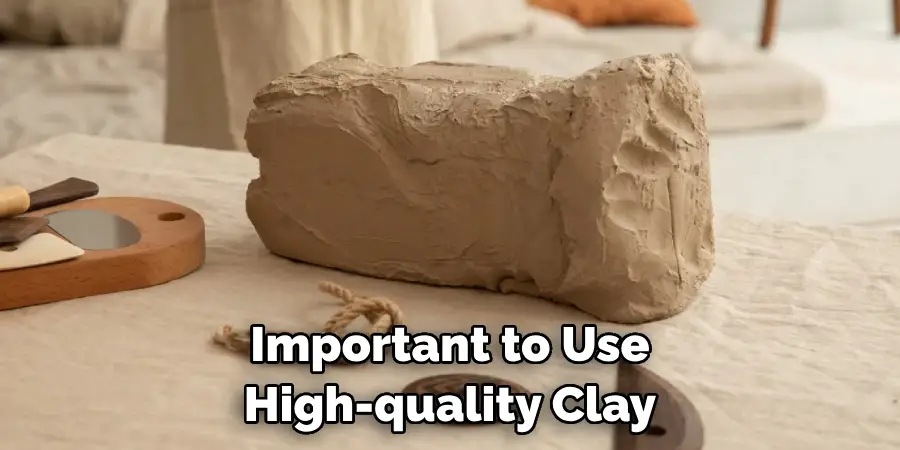
Firing Temperature
Firing temperature plays a crucial role in determining the strength and durability of your ceramic chain. Different types of clay require different firing temperatures, so it is vital to follow the instructions provided by the manufacturer. Firing at too high or too low a temperature can result in weak and brittle chains that are prone to breaking.
Size and Shape
The size and shape of your ceramic chain can also affect its strength and appearance. Larger chains may need additional support to prevent sagging or breaking, while smaller chains may be too fragile to withstand regular wear. Additionally, the shape of your chain links can also impact its flexibility and overall aesthetics.
Glazing
Glazing is an important step in making ceramic chain as it not only adds color and texture but also seals the surface of the clay. However, it is essential to use glazes that are compatible with your clay and firing temperature. Improper glazing can result in cracked or discolored chains.
Common Mistakes to Avoid When Making Ceramic Chain
Not Preparing Your Materials Properly
One of the most common mistakes people make when making ceramic chain is not preparing their materials correctly. This can include not kneading your clay properly, not rolling it out to an even thickness, or not using the right tools for cutting and shaping. These are all essential steps in creating a successful ceramic chain, so it’s important to take the time to prepare your materials correctly.
Rushing Through the Process
Another mistake that beginners often make is rushing through the process of making ceramic chain. It’s easy to get excited and want to see the finished product as quickly as possible, but taking your time and going through each step carefully will result in a much better end result. Ceramic chain requires patience and attention to detail, so don’t rush through it.

Not Using Enough Clay
Ceramic chain needs a good amount of clay to ensure its strength and stability. If you don’t use enough clay, your chain will be weak and prone to breaking. Make sure to use the recommended amount of clay for your desired length and thickness of chain.
Skipping the Firing Process
Firing is a crucial step in making ceramic chain, as it strengthens and hardens the clay. Skipping this step or not firing your chain for long enough can result in a weak and fragile final product. Follow the recommended firing instructions for your specific type of clay to ensure a strong and durable ceramic chain.
Conclusion
In conclusion, learning how to make ceramic chain is an exciting and rewarding experience. By following the steps outlined in this post, you can create beautiful and unique pieces of jewelry that will surely impress others.
Remember to be patient with yourself as you start this journey and don’t be afraid to experiment with different techniques and designs. With practice and determination, you will become a master at making ceramic chain and may even discover your own signature style.
And don’t forget to share your creations with others – whether it’s through social media or selling them at local markets or shops. So go ahead and dive into the world of ceramic chain making, who knows what amazing pieces you’ll create! Thank you for reading and remember to always continue learning and exploring new creative endeavors. Happy crafting!

